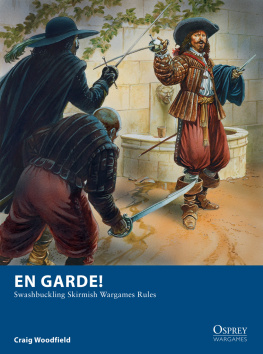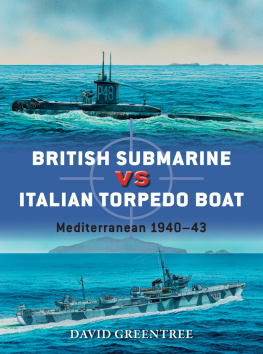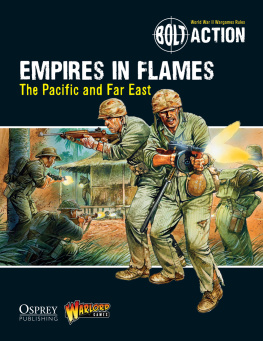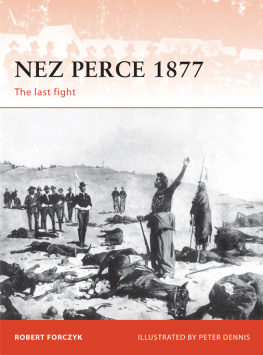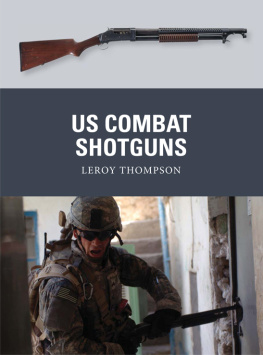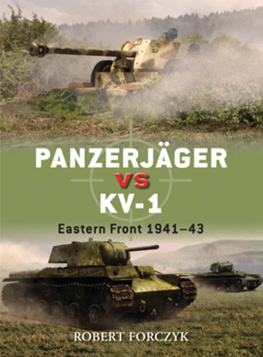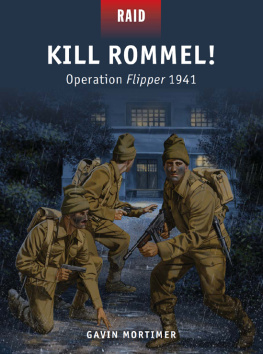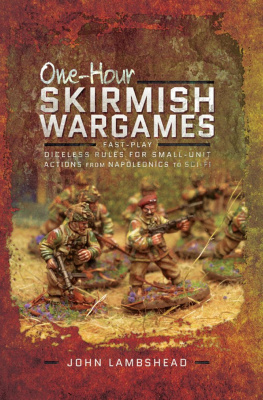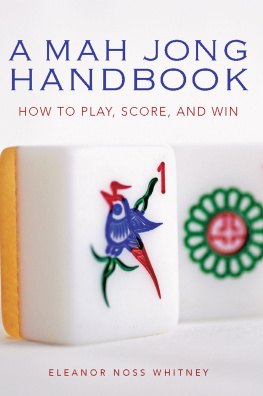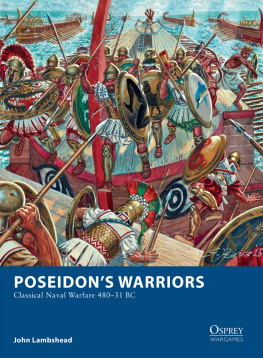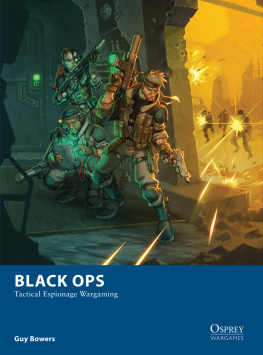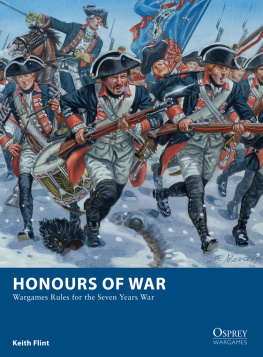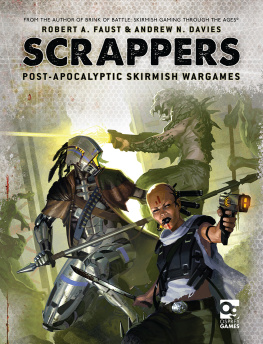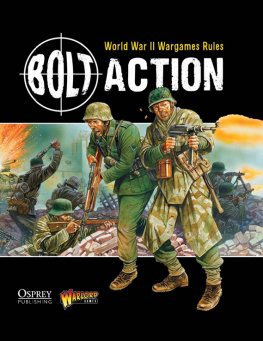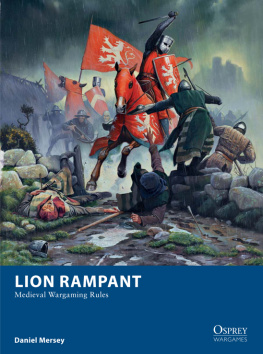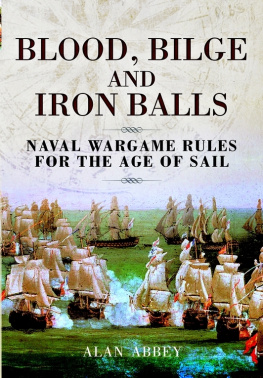
First published in Great Britain in 2015 by Osprey Publishing,
PO Box 883, Oxford, OX1 9PL, UK
PO Box 3985, New York, NY 10185-3985, USA
E-mail:
Osprey Publishing, part of Bloomsbury Publishing Plc
This electronic edition published in 2015 by Bloomsbury Publishing Plc
Bloomsbury is a trademark of Bloomsbury Publishing Plc
2016 Craig Woodfield
All rights reserved
You may not copy, distribute, transmit, reproduce or otherwise make available this publication (or any part of it) in any form, or by any means (including without limitation electronic, digital, optical, mechanical, photocopying, printing, recording or otherwise), without the prior written permission of the publisher. Any person who does any unauthorised act in relation to this publication may be liable to criminal prosecution and civil claims for damages.
A CIP catalogue record for this book is available from the British Library Craig Woodfield has asserted his right under the Copyright, Designs and Patents Act, 1988, to be identified as the author of this book.
Print ISBN: 978-1-4728-1074-8
PDF e-book ISBN: 978-1-4728-1075-5
EPUB e-book ISBN: 978-1-4728-1076-2
Page layout by: PDQ Media, Bungay, UK
www.ospreypublishing.com
Osprey Publishing supports the Woodland Trust, the UKs leading woodland conservation charity. Between 2014 and 2018 our donations will be spent on their Centenary Woods project in the UK.
CONTENTS

INTRODUCTION
En Garde! is a skirmish game set during the Renaissance period, in which small groups of warriors referred to as warbands fight each other for honour or riches. Rather than just rolling a few dice, En Garde! allows players to make tactical decisions about how the models that they control will fight offensively, defensively, or applying special martial skills.
The Renaissance era ran roughly from the late-14th to the 17th Century, and saw many ground-breaking discoveries and advancements in the fields of science, arts, politics and religion. It was also a time of great conflict and advancements in military technology. Gunpowder weapons began to be widely used, gradually becoming the dominant battlefield tool. Consequently, personal armour declined in use with the plate mail-clad knight eventually becoming redundant. Skill in hand-to-hand combat was still a vital attribute for a warrior, however, and the study of swordsmanship reached new heights in Europe.
In 1492 Christopher Columbus re-discovered the Americas, which heralded a new age of colonisation and conflict with the indigenous peoples of the region. The Spanish conquered the great civilisations of South America, while the British and French established footholds in North America. This was accompanied by a massive expansion in trade as ship-building technology evolved to increase the range and size of ships. In the Mediterranean, however, the galley still reigned until the end of the 16th Century, used by Christian, Muslim and pirate alike. Beyond the Mediterranean, the seafaring nations of Europe slowly established vast maritime empires and fought numerous wars and battles against each other. The 17th Century saw the eruption of the great war of religion known as the Thirty Years' War on the European mainland, and the descent of the British Isles into civil war. The Ottoman Empire, which had captured Constantinople in the mid-15th Century, cast a shadow across Eastern Europe for centuries.
The army lists that are contained in En Garde! are all taken from the Renaissance world, but the rules can be used for almost any period, real or imagined, and the points system included in this rule book allows players to design their own factions and warbands.
WHAT YOU NEED TO PLAY EN GARDE!
A warband of up to 20 models.
A table and a few pieces of scenery.
A tape measure and a handful of six-sided dice (referred to as D6).
Counters (about a dozen per player) in two distinct colours, shapes, or sizes.
Counters to represent wounds (a total of 3 different types).
MODELS
These rules were designed and play-tested using individually based 28mm-scale miniatures that are referred to in these rules as models. The recommended base sizes are listed below.
Infantry: 2030mm diameter round or square.
Cavalry: 4050mm diameter round or 2530mm by 4050mm rectangular.
Models also have facings front and back that are defined by an imaginary line through the centre of the base. By and large, a model will be facing to its front. If ever in doubt, use the D6 Rule (see Basic Principles, below).
CHARACTERISTICS
In En Garde!, each model has the following characteristics:
Name: This describes the type of model.
Rank: The model's relative importance:
Rank 1 models are militia and 'green' warriors.
Rank 2 models are basic foot soldiers, well-trained and well-equipped.
Rank 3 models are veteran warriors and non-commissioned officers.
Rank 4 models are elite warriors with excellent training and equipment.
Rank 5 models are legendary warriors, generals and leaders.
Move: The model's movement rate.
Combat Pool (CP): The model's capacity to make attacks in hand-to-hand combat and to defend itself. Rank 1 models have a CP of 1, Rank 2 have a CP of 2, and so on.
Initiative: The model's ability to strike quickly. This will often be modified by the weapon it is wielding.
Fight: The model's skill with hand-to-hand weapons, ranging from 1 to 5.
Shoot: The model's skill with missile weapons, ranging from 0 to 2.
Armour Rating (AR): The degree of protection the model has (if any).
Points: The cost of the model when building your warband.
Equipment: The weapons and equipment carried by the model.
Attributes: Special skills and abilities that the model has.
BASIC PRINCIPLES
The following basic principles are applied when playing En Garde!:
Measurement: When activating a model, a player may measure the distance to any other point or points on the board before finalising its activation. Distances may not be checked at other times.
Engaged: If a model is in base-to-base contact with an enemy model, it is considered to be Engaged, which limits the actions it can take.
Reduced Characteristics: A number of factors may reduce models' characteristics. Characteristics can be reduced to 0, but cannot be negative.
D6 Rule: When in doubt or disagreement over a particular situation or rule, roll a D6 to determine which interpretation to use.
TURN SEQUENCE
A game of En Garde! consists of a number of turns, each representing a minute or two of actual time. Each turn is further divided into four phases, shown below in the order in which they are undertaken. Generally, play will alternate between players in each phase, beginning with the player with Priority.
1. Priority Phase
2. Move Phase
3. Combat Phase
4. End Phase
PRIORITY PHASE
The player who will have Priority for the rest of the turn is determined in this phase.
Next page
